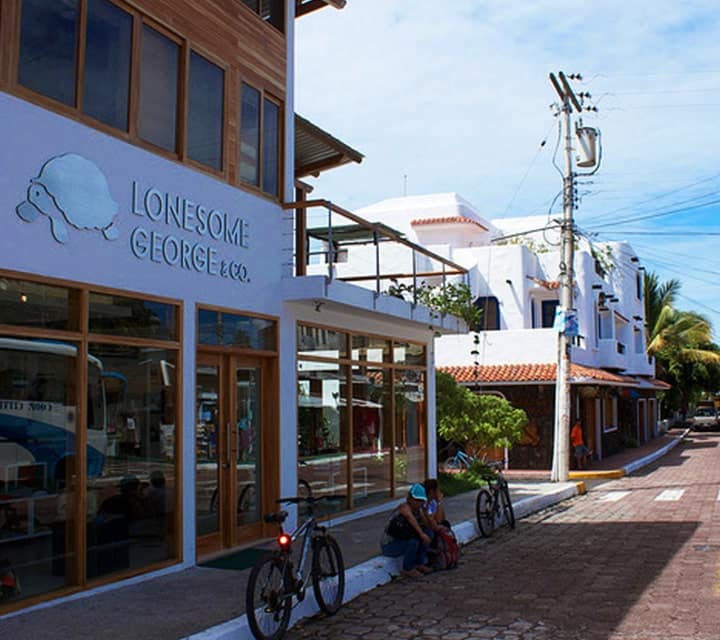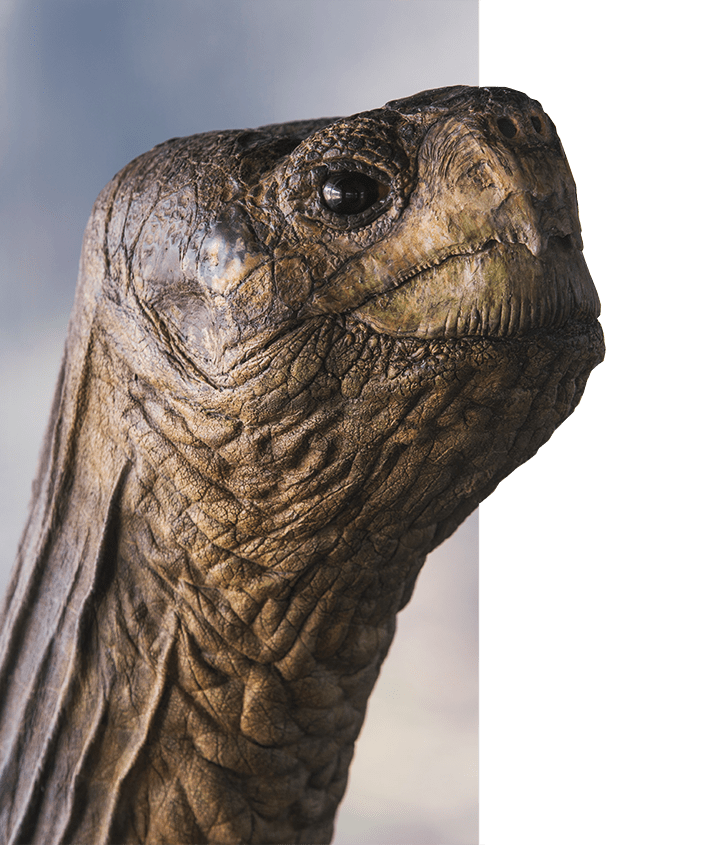
Today marks the one year anniversary since they found Lonesome George dead in his corral at the Charles Darwin Research Station in the morning of June 24, 2012.
To the scientists and his devoted caretakers, they had hoped Lonesome George would live for decades, and though the cause of his death was natural, they discovered his liver showing definite signs of aging.
Giant tortoises can normally live well into their second century, George, who was brought in 1972 from the Northern Pinta Island, was thought to be around 150 years old.
Over the decades, knowledgeable scientists and tourists from many countries had visited George in the Galapagos Islands and now his death has drawn more attention around the world.
“For rangers and natives, George was the epicenter of tourism in the Islands. He represents an icon and will remain so” says Roberta Uribe, Santa Cruz guide.
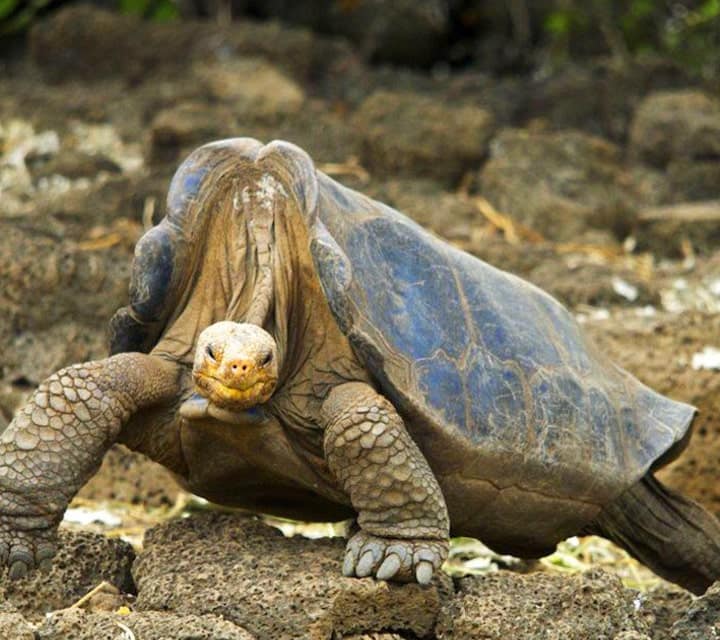
Today his body remains in the Natural history Museum in New York city, where it was shipped in a cold chamber on March 14th, 2013 from the Baltra Airport to United States for embalming.
See also: Lonesome George Tortoise Transferred to New York City for Embalming.
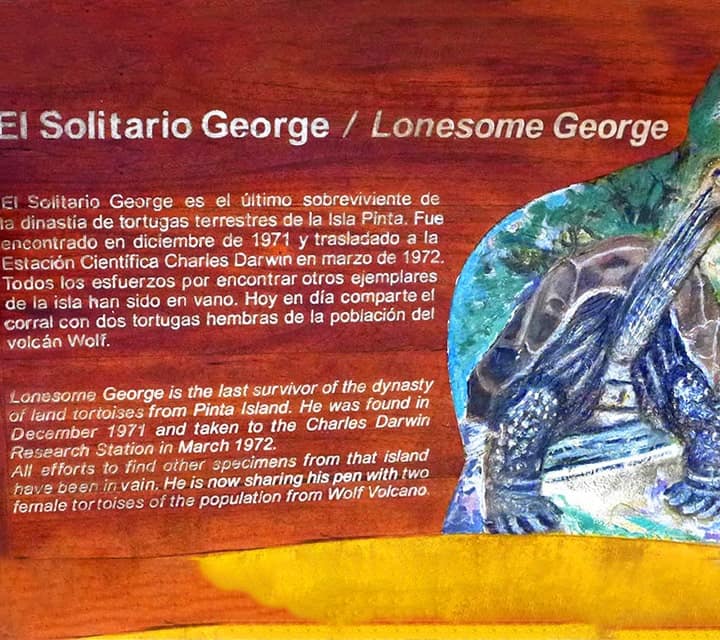
Since George’s death, many tourists continue to visit the Charles Darwin Research Station wanting to see more of the Giant tortoises and find out about these unique species.
George’s death marked a memorable date which represents the extinction of a creature right before human eyes. This memory is still expressed at the shops and restaurants in the research center.
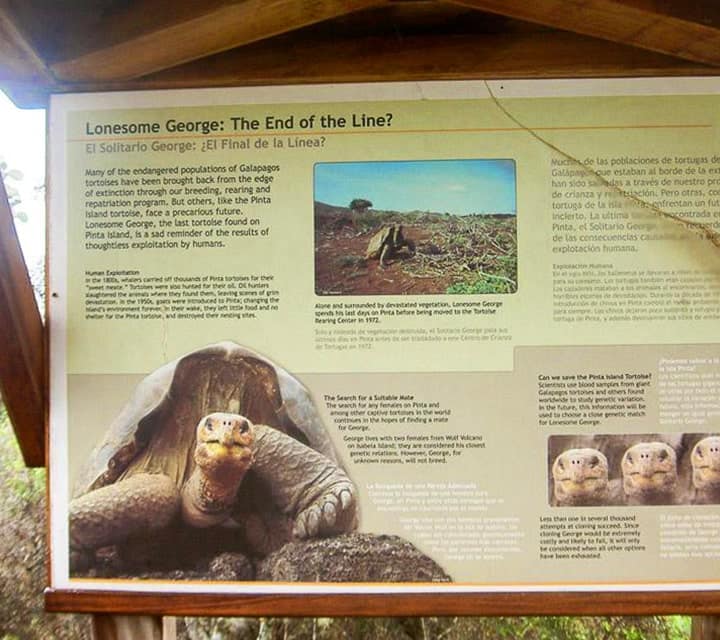
Galapagos Islands Park officials truly believe and hope George’s death drives many people the lesson that humanity must take greater care in interacting with other species, and though George was an important emblem of the Galapagos, his loss will be a beginning as much as an end.
See also: Galapagos scientists bid to revive Lonesome George tortoise species.
Lonesome George legacy will be a significant effort in both research and management to restore the Pinta Island and all of the other giant tortoise populations of Galapagos.
